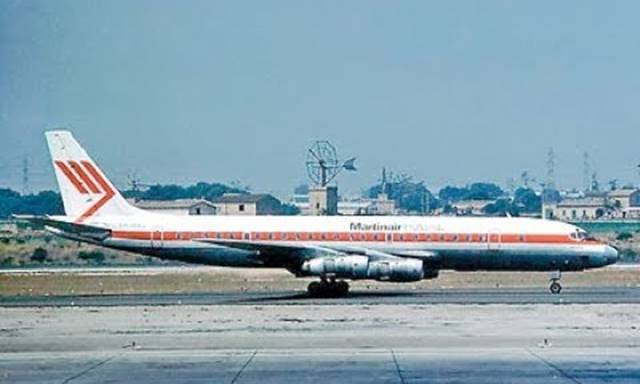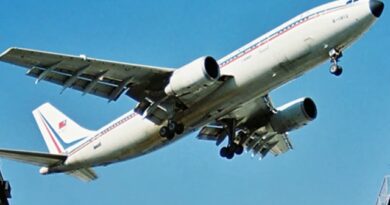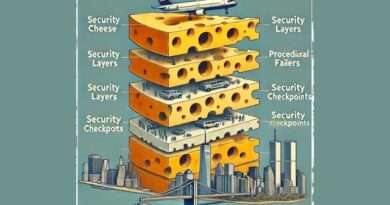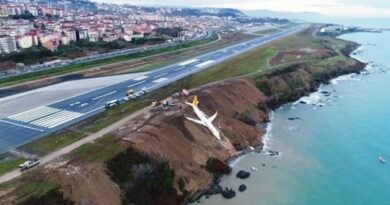Martinair Flight 138: Sri Lanka’s Deadliest Airplane Crash
Between the late 60s and late 80s, the civil aviation industry faced the deadliest and most damaging accidents and crashes in its history. From the Tenerife Airport Disaster to American Airlines Flight 191, hundreds of deadly plane crashes took place in this period, and some even brought an end to some commercial airline companies.
During such a period, while there were giants in the industry such as Pan American Airlines, KLM, Air France, and more, there were also relatively smaller airline companies that were trying to survive in such a competitive and dangerous industry. And one of these airline companies was a Dutch airline company called Martinair, which is a subsidiary company of Air France and KLM.

While we all know Martinair doesn’t carry out any commercial flights anymore (it is a cargo transportation company today), at the time, it was one of the growing commercial airline companies with a bright future in Europe. Starting from carrying out just domestic flights in the Netherlands in 1958, they quickly became a global company that carries out flights all around the world.
One of these flights was Flight 138, which was a chartered flight from Surabaya, East Java, Indonesia, to Colombo, Sri Lanka. In today’s post, we will inform you about this flight, Flight 138, and tell the story of Sri Lanka’s deadliest airplane crash.
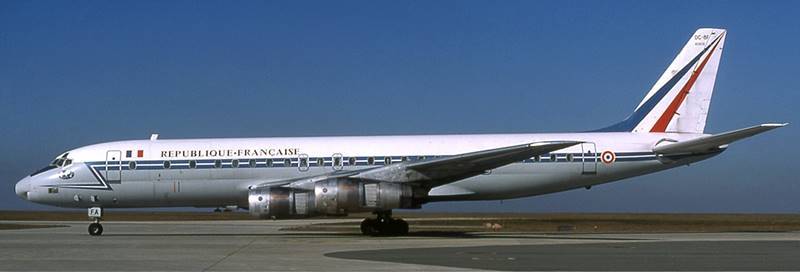
Similar aircraft
4 December 1974, East Java, Indonesia
The Flight was a chartered flight carried out by Martinair on behalf of Garuda Indonesia. Muslims were traveling to Mecca for the Haj during this period, and the passengers of this flight were mainly people that also set out for their task decreed by their religion. A DC-8 55CF airplane that was owned by Martinair of the Netherlands and leased by Garuda Indonesia to fly the Haj charters was used for the flight that departed from Surabaya.
The airplane was planned to take off from Surabaya, Indonesia at 12:00 UTC, stop over for refueling at Colombo, Sri lanka at 16:50, and arrive at its destination, Jeddah, Saudi Arabia afterwards.
Capt. Hendrik Lamme, a 58-year-old highly skilled pilot with over 27,000 hours of flight time, 4,000 of which were on DC-8s, was in charge. First Officer Robert Blomsma had 47 hours of experience with the DC-8 type and 2,480 hours overall. Johannes Wijnands, the flight engineer and third crew member, had 3,000 hours of experience flying aircraft of the DC-8 design. Six crew members were present in the cabin; four of them were Dutch and the other two were Indonesian. The aircraft was less than ten years old and was registered in the Netherlands as PH-MBH. The flight’s call sign on the flight’s flight plan was MP 138.
The plane took off at 12:03 UTC. The first leg of the flight was from Surabaya, Indonesia to Colombo, Sri Lanka for refueling. The takeoff and cruising were uneventful, but the landing would not be as such, and would turn into a complete disaster.
It was a bright night, and Bandaranaike Airport reported fine weather with moderate breezes, visibility of more than 10 kilometers, and a few stray clouds to the airfield’s east. At the time, Sri Lanka’s aviation navigation infrastructure was still somewhat primitive, and ATC lacked the necessary radar technology to “see” the aircraft. The Bandaranaike VOR (Very High Frequency Omni-Directional Range), the primary navigational aid, was only in test mode. The pilots may have been able to visually see the eastern shoreline at this time, but they were only using a Doppler device to navigate.
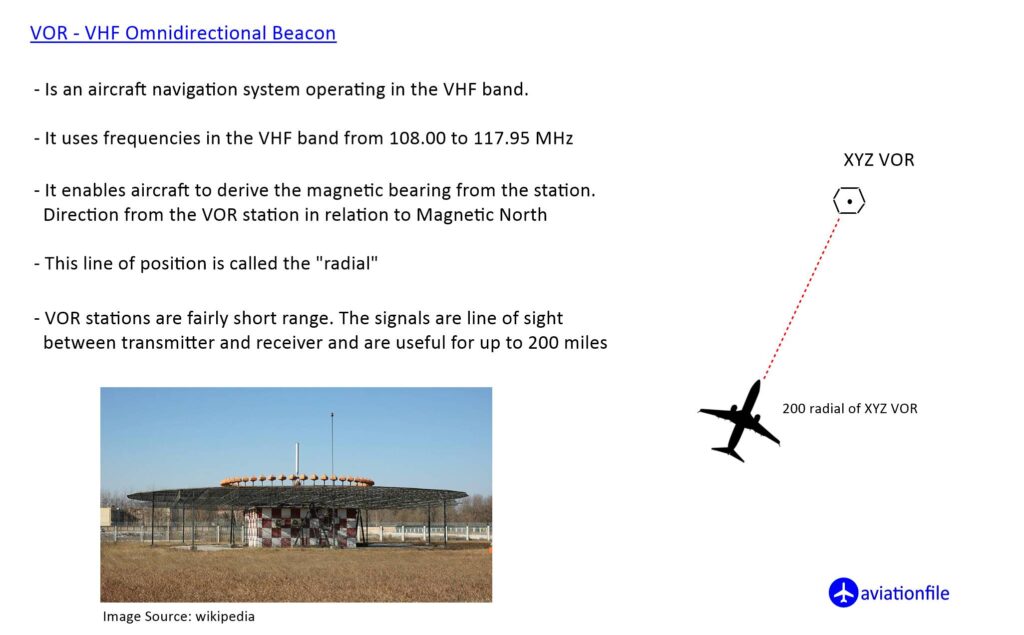
The pilots switched to Approach Control as the aircraft drew closer to the island’s center, and at 16:38 GMT they reported they were descending to 6,000 feet and 14 miles from the airstrip. The air traffic controller had no method of confirming this and must have taken the position as correct because radar wasn’t available at the time. The pilots were instructed to report the “field in sight” when the ATC cleared the aircraft for a further descent to 2,000 feet.
No more messages from Martinair 138 were received. A little while afterwards, an explosion was heard close to Maskeliya. Witnesses afterwards claimed to have observed an airplane flying “lower than typical” above Castlereigh and Agrapatana. At a height of 4,354 feet, the DC-8 struck the fifth of the Seven Virgins mountains as it descended. From Katunayake, the impact location was around 65 miles away.
Aftermath: Investigations and Conclusion
The Dutch and Indonesian authorities provided support to the Sri Lankan Civil Aviation Department for the investigation. At the time, no facility in Sri Lanka had “Distance Measuring Equipment” (DME) on hand. Radar, which would have shown controllers the location of the aircraft, was also unavailable to ATC.
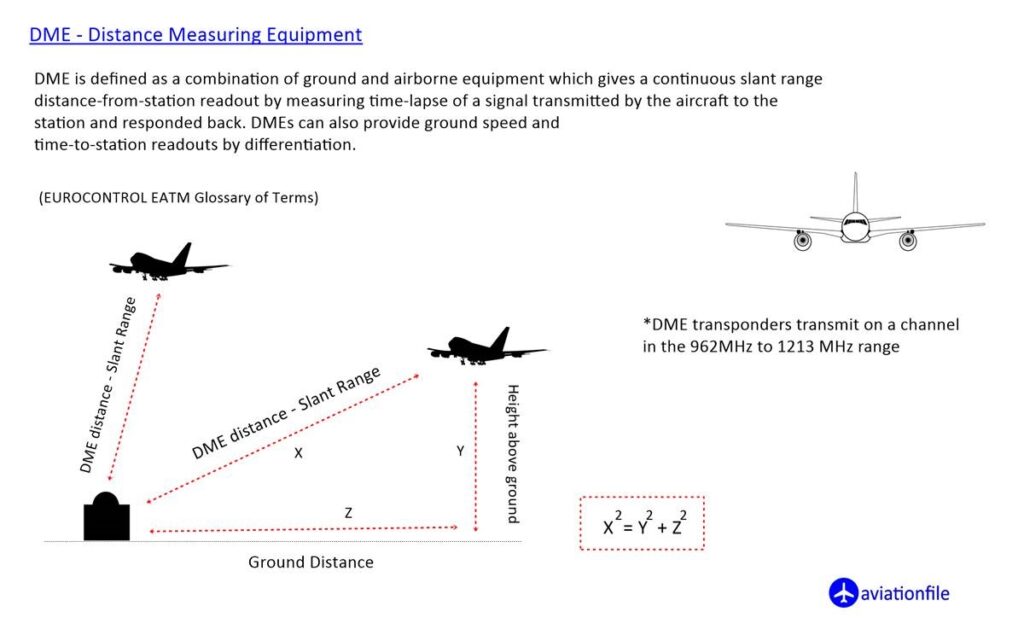
The crew were using the Doppler system, which was installed in the aircraft, to gauge the distance to the airport. KLM utilized Marconi Doppler systems, which are used across the organization. However, a Bendix unit was installed in PH-MBH because the aircraft was purchased from another operator. The study found that the two systems’ displays were incompatible and that the early fall that followed the plane’s collision with the mountains was due to a calculation mistake in how far the aircraft was from Katunayake.
According to the investigation’s findings, the accident was caused by controlled flight into terrain (CFIT), in which a functioning aircraft collided with rising ground owing to uncertainty about its true position.
Sources
https://en.wikipedia.org/wiki/Martinair_Flight_138
Martinair Flight 138 – Sri Lanka’s worst air disaster
